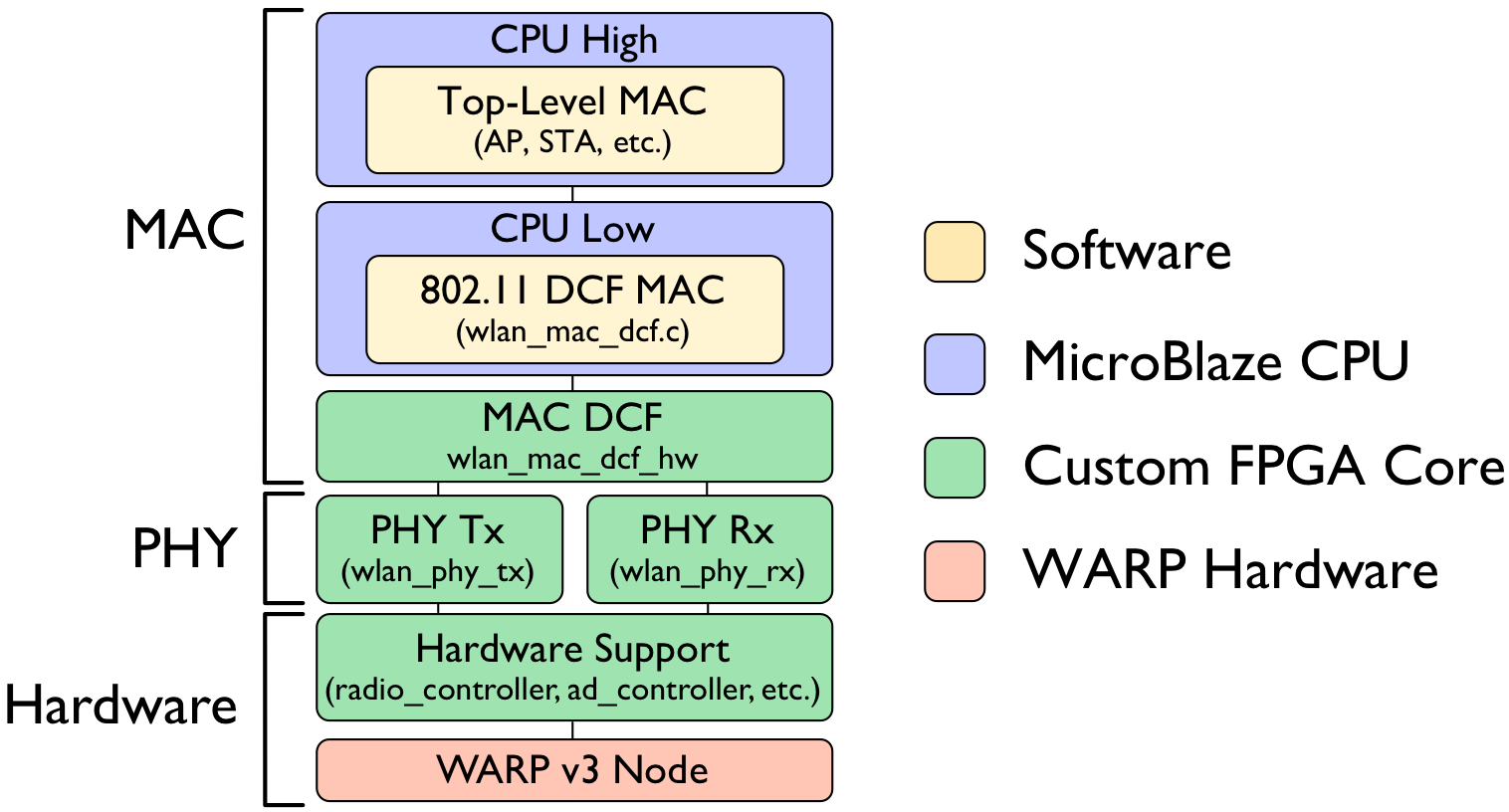


- Vhdl modeling of wifi mac layer for transmitter and receiver module serial#
- Vhdl modeling of wifi mac layer for transmitter and receiver module driver#
Request Payload Parameter Type paramId Enum Description INT8U Parameters ParameterĠx0020 0x0080 0x0100 INT16U Smartmesh IP utcti Text: 17 3.1.1 getParam 18 3.1.2, 32 of 60 SmartMesh IP Mote, (IPMT_API) getParam (IPMT_API) getParam (IPMT_API) getParam macAddress > Description, command. Parameters: None Returns: Error, MACADDRESS Example: MACADDRESS () Default after Reset 3.9 MACADDRESS () Synopsis: Requests that the module return the MAC address of the Wireless LAN device.
Vhdl modeling of wifi mac layer for transmitter and receiver module driver#
As the path for the current within the driver changes from one path to another, the direction of the current flowing through the termination resistor at the receiver changes as well. The high input impedance of the receiver causes the 3.5 mA current coming from the driver to flow through the 100 Ω termination resistor, resulting in a voltage difference of 350 mV between the receiver inputs. The termination resistor also provides a path between the complementary signal paths of the system. Closely matching the impedance of this termination resistor with the impedance of the transmission lines reduces harmful signal reflections that decrease signal quality. At the receiver, a 100 Ω termination resistor is used to match the impedance of the transmission line that connects the receiver to the driver. This transmitter consists of a current-mode driver, which provides around 3.5 mA of current through the transmission lines of the differential pair. This transmission scheme provides the kind of large common-mode rejection and noise immunity to a data transmission system that a single-ended system referenced only to ground cannot provide.įigure 1 illustrates a typical LVDS transmitter. That is, two signals are generated of opposite polarity, and then the data transmission references the two signals to one another. Differential signals contrast to traditional single-ended signals in that two complementary lines are used to transmit a signal instead of one line. LVDS uses differential signals with low voltage swings to transmit data at high rates. The LVDS standard defines the electrical characteristics of the transmitter and receiver of an LVDS interface. The low power and high noise immunity aspects of LVDS, along with the abundance of commercial off-the-shelf (COTS) LVDS components has led many military and aerospace applications to select LVDS as a robust, long-term solution for high-speed data transmission. Moreover, growing demands for bandwidth have resulted in the emergence of high-performance technologies such as PCI Express and HyperTransport, which are based on high-speed LVDS connections. The general, non-application-specific nature of the standard has been conducive to the adoption of LVDS across a wide variety of commercial and military applications. The LVDS standard provides guidelines that define the electrical characteristics for the driver output and receiver input of an LVDS interface, but stop short of defining a specific communication protocol, required process technology, media, or voltage supply. Since its standardization under ANSI/TIA/EIA-644, LVDS has been implemented in a diverse set of applications and industries. LVDS has become the solution for many applications that demand low power consumption and high noise immunity for high data rates. Additionally, some manufacturers have reduced the number of wires necessary to transmit the signals from one point to another by serializing the output bits onto an LVDS pair, which further improves accuracy by avoiding skew-related errors that can occur when transmitting data in parallel. LVDS outputs are capable of keeping up with the high data rates and keeping noise emission low, thus protecting the performance of the analog front end. LVDS is often used in SerDes configurations. This configuration reduces noise emission by making the noise more findable and filterable.
Vhdl modeling of wifi mac layer for transmitter and receiver module serial#
LVDS (low-voltage differential signaling) is a high-speed, long-distance digital interface for serial communication (sending one bit at time) over two copper wires (differential) that are placed at 180 degrees from each other.


 0 kommentar(er)
0 kommentar(er)
